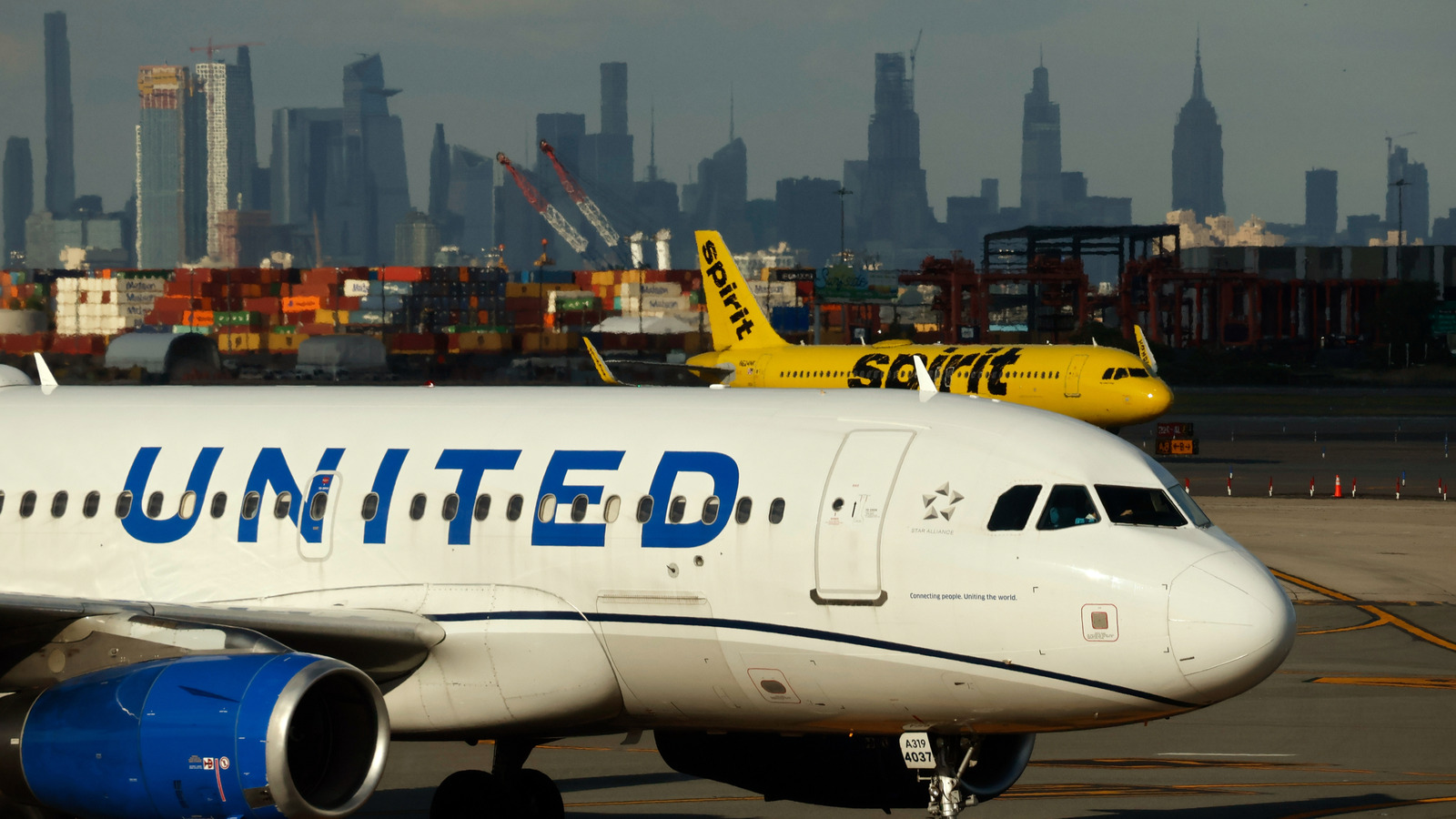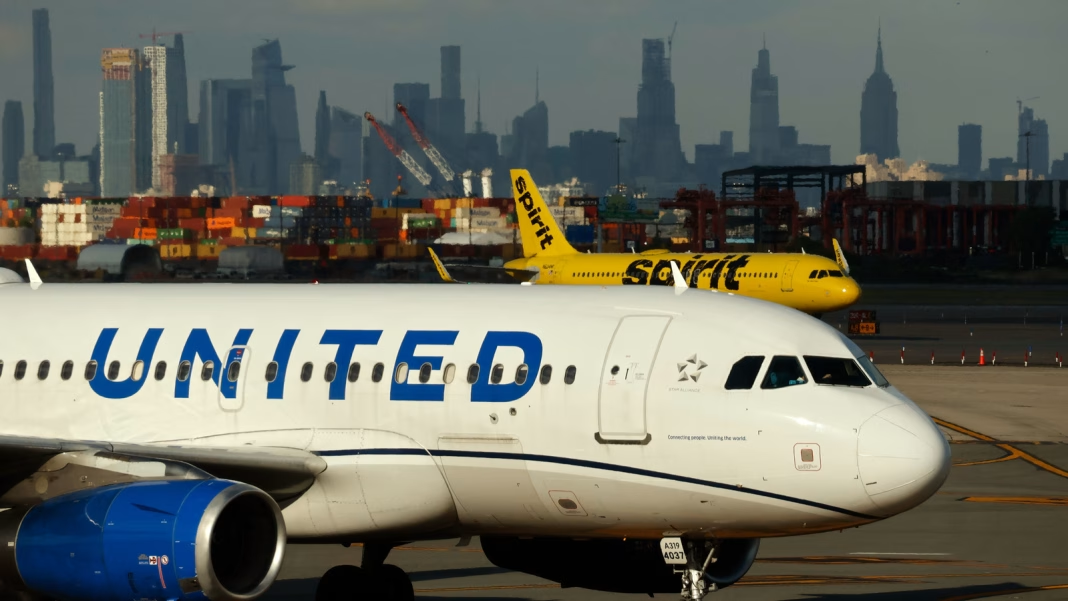How Bad Is Spirit Airlines’ Financial Situation Right Now?
Imagine a business so strapped for cash that every day feels like a race to keep the lights on. That’s the reality Spirit Airlines faces in 2024. According to recent SEC filings and quarterly reports, Spirit’s operating losses have ballooned, with the company posting a net loss of $184.8 million in the first quarter alone. Their cash reserves have dwindled to just over $1 billion—enough to cover only a few months of operations at their current burn rate.
What’s causing this financial spiral? Several factors. First, Spirit’s ultra-low-cost model relies on high passenger volume and minimal frills, but post-pandemic travel patterns have shifted. Travelers are now prioritizing reliability and comfort, even if it means paying a bit more. Meanwhile, Spirit’s operational hiccups—think frequent delays and cancellations—have driven away even their most price-sensitive customers.
Is There Any Hope for a Turnaround?
It’s not all doom and gloom, but the road ahead is steep. Spirit’s management has announced aggressive cost-cutting measures, including deferring new aircraft deliveries and renegotiating supplier contracts. They’re also exploring new revenue streams, like premium seating and bundled fares, to appeal to a broader customer base.
Still, industry analysts remain skeptical. According to a recent report from S&P Global, Spirit’s debt load is among the highest in the industry relative to its earnings. Their credit rating has slipped further into junk territory, making it more expensive to borrow money. And with a failed merger attempt with JetBlue now in the rearview, Spirit can’t count on a lifeline from a bigger player anytime soon.
How Does Spirit Compare to Other Budget Airlines?
Spirit isn’t the only airline feeling the pinch, but its situation is especially precarious. Competitors like Frontier and Allegiant have managed to weather the storm by diversifying routes and investing in customer experience. For example, Frontier’s recent pivot toward leisure destinations and Allegiant’s focus on secondary airports have helped them maintain profitability.
Spirit, on the other hand, has struggled to adapt. Their heavy concentration in ultra-competitive markets like Florida and the Northeast leaves them vulnerable to price wars and shifting demand. And unlike Southwest or JetBlue, Spirit lacks a loyal customer base willing to stick around through turbulence.
What Are the Warning Signs for Travelers?
If you’re thinking about booking a Spirit flight, it’s wise to keep an eye on a few red flags. First, watch for sudden schedule changes or route cancellations—these can signal deeper operational or financial trouble. Second, pay attention to customer service trends. A spike in complaints about refunds or baggage issues often precedes bigger problems.
Travel experts recommend using a credit card for bookings and considering travel insurance, just in case. And if you’re planning a trip several months out, it might be worth paying a little extra for a more stable carrier.
Could Bankruptcy or a Shutdown Really Happen?
It’s not outside the realm of possibility. In fact, some industry insiders believe Spirit could be forced into bankruptcy protection if conditions don’t improve by year’s end. The airline has already hired restructuring advisors, a move that often signals preparations for tough decisions ahead.
Bankruptcy wouldn’t necessarily mean Spirit disappears overnight. Many airlines have used Chapter 11 to reorganize, shed debt, and emerge leaner. But for Spirit, with its razor-thin margins and limited brand loyalty, the margin for error is vanishingly small.
What Would Spirit’s Collapse Mean for Air Travelers?
If Spirit were to exit the market, travelers would feel the impact—especially in cities where Spirit is a major player. Fewer low-cost options could drive up fares across the board, as competition shrinks. According to a 2023 study by the U.S. Department of Transportation, the presence of ultra-low-cost carriers like Spirit can lower average fares on certain routes by up to 20 percent.
On the flip side, some industry watchers argue that a shakeout could ultimately benefit consumers by pushing airlines to improve reliability and service. But in the short term, fewer choices usually mean higher prices and less flexibility.
The Big Takeaway
Spirit Airlines’ predicament isn’t about a single bad quarter or a rough patch—it’s a wake-up call for the entire industry. For travelers, the lesson is clear: cheap fares are tempting, but stability and service matter more than ever. The big takeaway? Surviving tough times isn’t about perfection—it’s about smarter adjustments. Start with one change this week, and you’ll likely spot the difference by month’s end.


